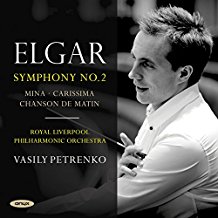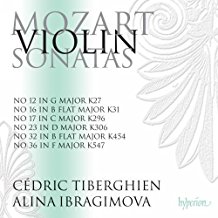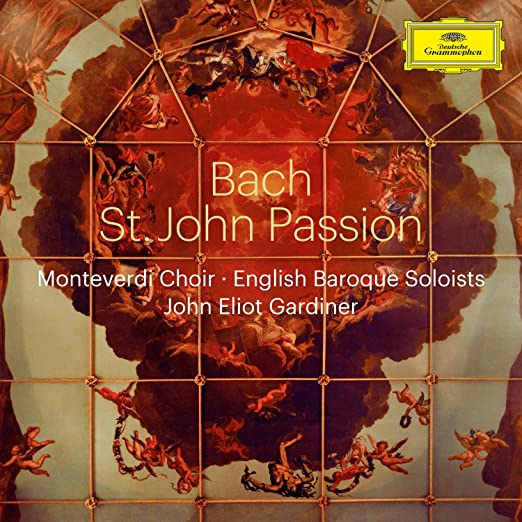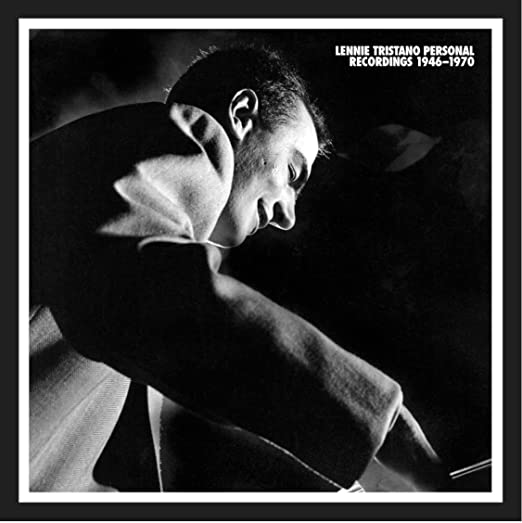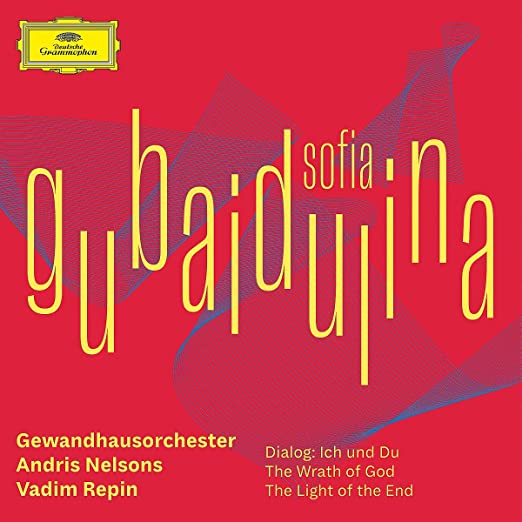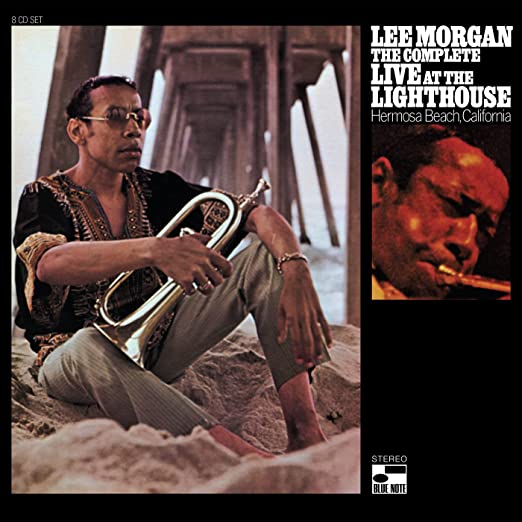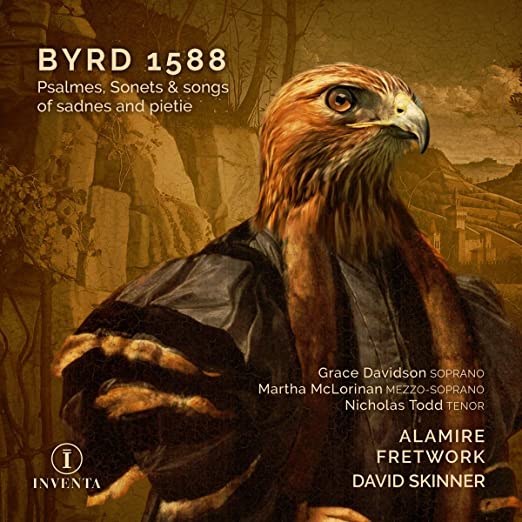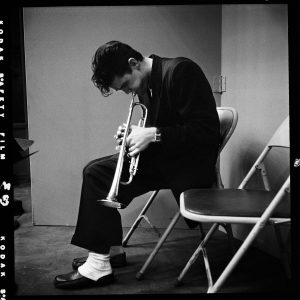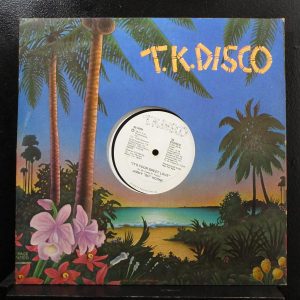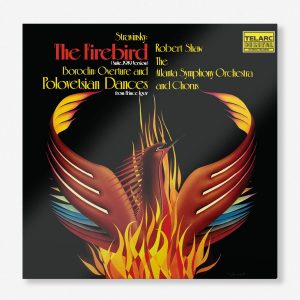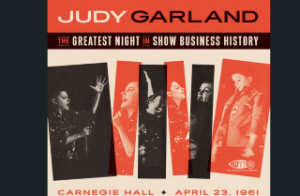Elgar, Symphony No. 2. Royal Liverpool Philharmonic Orchestra. Onyx 4165.
Elgar, Elgar, Elgar. What do American music lovers make of Elgar? Probably what the English make of Samuel Barber and of Copland's ballets. Each of our cultures has its romanticism and it is generally in our romanticisms that our cultures make their most characteristic, not to say most astute or compelling, statements. (Whitman and Emerson are more characteristic of their culture than Dickinson, Hawthorne, Melville, and James; Wordsworth and Tennyson more than Hopkins, Eliot, and Auden.)
Elgar is a sufficiently gifted composer that he can write genuinely inspired works from time to time, the clearest examples being his beloved Cello Concerto, the Enigma Variations, and, laugh if you must, Pomp and Circumstance. And even in his less inspired works, such as the Symphony No. 2 here before us, he is still worth the time if you are on his wavelength, which is to say if you are among the faithful (and sentimental) English or at least an anglophile. This is the composer as his most rapturously English, the Elgar whom many English love, whom we sometimes love, and who made possible the more astute and compelling Britten, Tippett, Ferneyhough, Birtwhistle, and Adès!
Feel free to be swept away by Elgar's Symphony No. 2. If Vasily Petrenko who has given us a marvelously poetic Shostakovich symphony cycle can be, who are we to hold back? Petrenko has also recorded Elgar's Symphony No. 1. Onyx 4145.
Mozart, Violin Sonatas. Cédric Tiberghien, piano; Alina Ibragimova, violin. Hyperion CDA 68143. (2 CD's)
It is just as important to reassure music lovers and CD collectors that an ongoing project is maintaining its high level of quality as it is to introduce new ones. In this case, I am the bringer of continuing good news.
One characteristic of the Ibragimova/Tiberghien Mozart Piano & Violin Sonata project that I've noticed this (third) time around, perhaps because I've just come from reviewing Tiberghien's Bartok CD, is exactly what and how important his role is in making these Mozart performances work so well. By being conspicuously on point: keeping the rhythmic structure and regular tempo of this sonatas so clear and present, Tiberghien allows Ibragimova the freedom she needs to play Mozart her way. Tiberghien keeps us from being aware of just how freely expressive Ibragimova can sometimes be. He preserves and enables the classical balance of imagination and order this music requires to be Mozart. If I remember correctly, this is the role he plays in their remarkable Guildhall Beethoven sonata series. It would be fascinating to hear these two playing this music separately.
Several other duos play this music as well as this pair do, but none play it the way they do. I find them increasingly irresistible.
Johann Sebastian Bach. 6 Suites for Cello. Quirine Viersen, cello. Globe GLO 5244. (2 SACD's)
As with her striking recording of the Britten Cello Suites, Dutch cellist Quirine Viersen's Bach Suites have the feel of a personal performance. Not at all idiosyncratic but flowing from the mind of an individual's encounter with the composer rather than from even a perfect reading of a score. We feel we are in the presence of a musician who is herself in the presence of the composer. Pinning this down, I'm sure some of it has something to do with phrasing and pace, pauses, inflections. To repeat, Viersen's Bach does not feel idiosyncratic, eccentric: she has not taken this music away from the composer in order to make a highly individual statement, to put her personal stamp on it. It is rather that we feel a specific musician, not some external model or standard definitive ideal, is in control here.
To play Bach this way and as persuasively as this, you must have been around this music for a long time, to have become supremely comfortable with it, and to have built up great self-confidence. (She tells us she met this music at age nine.) Where her understanding of Bach seems most noticeable is in the sarabands, which are uniquely thoughtful. We also hear her in the minuets, which are less dancelike than we are used to. We know that these suites are technically dance suites, something Veirsen reminds us of in her album notes; but with her they are...less so. It is as if she feels that Bach uses dance form as a foundation so he can move beyond them without losing the ground beneath, so to speak. And so she goes with him and then feels inspired by him to risk going further, higher.
Viersen's Bach is not especially lyrical nor is it monumental. It is expressive. Daringly and brilliantly so. She does not revere the great composer, she appears to know and love him.
Amateur reviewers are not encouraged to proclaim 'bests' but we are free to choose favorites. Quirine Viersen's performance of the Bach Cello Suites has become my favorite. Having heard her Britten recording, I did not expect to be surprised. But I was.
Systems used for this audition: Resolution Audio Cantata CD player w/BlackJack power cord; Blue Circle NSC preamplifier and NSL amplifier with with Jean Marie Reynaud Offrande Supreme, V2 loudspeakers; Crimson 710 preamplifier and 640 amplifier with Tocaro 40 loudspeakers; and Crimson interconnects and speaker cable. Mapleshade Samson equipment rack.
Bob Neill, a former equipment reviewer for Enjoy the Music and Positive Feedback, is proprietor of Amherst Audio in Western Massachusetts which sells equipment from Audio Note (UK), Blue Circle (Canada), Crimson (UK), Jean Marie Reynaud (France), Resolution Audio (US), and Tocaro (Germany).




